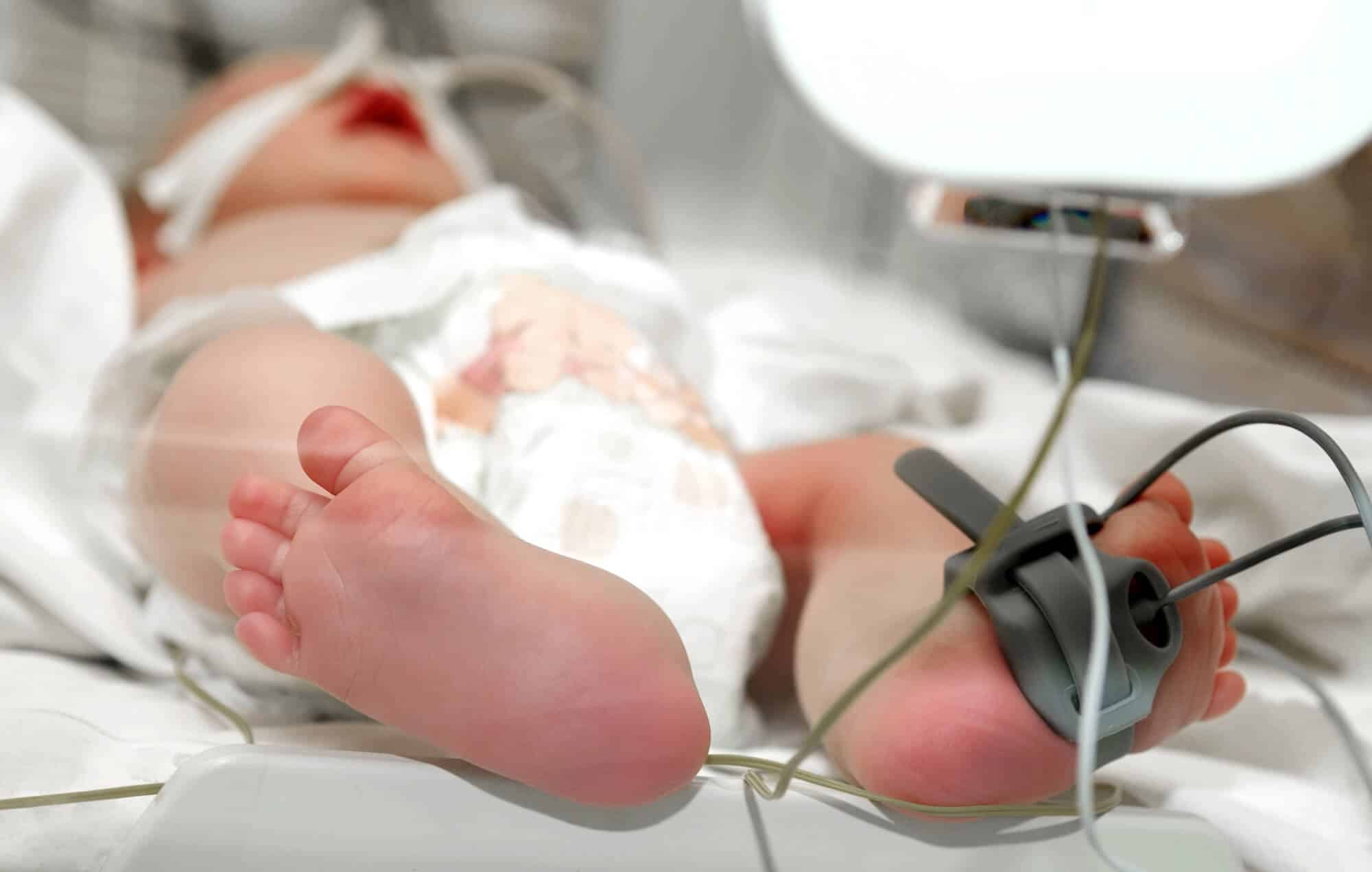In recent years, doctors and obstetricians prefer to perform a caesarean section instead of trying a forceps or vacuum delivery, due to the fear of brain or physical damage, or the development of severe morbidity after birth. At the same time, studies in medical schools regarding such a birth are decreasing. A new study reveals that such fear is not necessarily justified

In recent years, there has been a sharp decrease in the number of births in which forceps (two crossed paws) are used, as a means of reducing the rate of cesarean births. Despite this, there are doctors who still use this method mainly in cases of birth under 34 weeks, when there is difficulty in continuing the birth, when the mother's pushing efforts during birth are poor, or following a failure to extract the newborn from the mother's vagina using a vacuum. At the same time, the medical training programs reduce the studies on the subject. Recently, it was even reported in American studies that 14% of the medical institutions surveyed in North America stated that they do not perform forceps births at all, and that less than 1% of all births in the US are such births. A large-scale new study, published in the scientific magazine "The Journal of Maternal-Fetal & Neonatal Medicine", clarifies that in most cases forceps births are safe to perform.
Forceps birth (also known as instrumental birth) is one of two possible operations to be performed in the second stage of labor, and is designed to help pull the newborn when he is not progressing through the birth canal. The other method is vacuum delivery. Caesarean sections have taken the place of forceps and vacuum births in recent years, based on the perception that this method can reduce the amount of optional complications in childbirth. Possible risks of an instrumental birth include in some cases skull fractures, cerebral hemorrhages, damage to the newborn's brain tissue or vaginal injury in the mother. Despite the medical world's preference for caesarean births over instrumental births, caesarean section is not without risks for newborns and also includes risks, including bleeding or possible damage to the mother.
In the current study, which they led Dr. Gabriel Levin, senior lecturer at the Faculty of Medicine at the Hebrew University, and director of gynecological screening at Tel Hashomer Dr. Ra'anan Meir, the results of forceps births, which make up less than half a percent of births in Israel, were studied, and as a follow-up to a study that was published about a year ago about forceps births and possible physical injury to the mother - possible perineal lacerations for births in grades 3-4 (very significant damage to the perineal septum, involving damage to the sphincter muscles of the anus and sometimes also the mucous membrane of the anus). During the study, over 183,191 singleton births (a single newborn) that took place in the years 2011-2020 were examined, with 861 of them ending in a forceps delivery at the Hadassah and Sheba medical centers (0.5% of all pregnancies were performed by forceps). 9.9% of them had previously undergone a cesarean delivery. As part of the work, various factors were taken into account, such as basic characteristics of the mother, including the age, index and body mass of the mother (BMI); comorbidities and obstetric history; Pregnancy characteristics including the occurrence of hypertensive disorders in pregnancy, gestational diabetes, fetal sex and more; Birth outcomes including gestational age at birth, mode of labor initiation, use of epidural anesthesia, birth weight, complications in newborns and more.
The research findings revealed that in 15.2% of the births defined as forceps delivery, there was morbidity among the newborns which included hospitalization in the neonatal intensive care unit, scalp injuries, fractures (in the skull and clavicle), intracranial bleeding, cephalohematoma (accumulation of blood between one of the bones of the skull and the covering membrane the same, a common phenomenon after forceps birth or due to pressure during passage through the birth canal), low Apgar scores (less than 5 and 7 in the first five minutes after birth) and measures of asphyxia (disruption in the supply of oxygen and blood to the baby's body). Despite these difficult findings, it should be noted that these phenomena also occur as a result of the caesarean section and are not necessarily related to the instrumental delivery.
When the researchers further processed the data, they found more evidence that instrumental delivery is not the main factor that increases the risk of neonatal morbidity. The morbidity was found to be strongly and distinctly related to premature birth and low birth weight as well as low weight gain of the mother during pregnancy, and not necessarily to the operation of the forceps during birth. Even after examining the dependent and independent indices and their effect on the findings, the researchers concluded that forceps birth, as rare as it may be, is associated with a relatively low percentage of fetal and newborn morbidity, and there is no justification to fear it. This goes along with the results of a previous study by the researchers, which found that maternal morbidity in Israel is relatively low compared to what is reported in the world among forceps births.
"The findings may indicate a need to recalculate the use of forceps in childbirth, and also regarding the practice of the method. One should consider giving room for forceps delivery in clinical practice," explained the researchers in their article. "It should be noted that it was found that 10% of forceps births were performed after a failed vacuum delivery, and this shows that there is still some importance in performing forceps births as an alternative to performing a complex cesarean delivery. We invite and encourage More students to research this subject with us in final theses or in works as part of more advanced studies".
For the scientific article: https://pubmed.ncbi.nlm.nih.gov/34261419/
